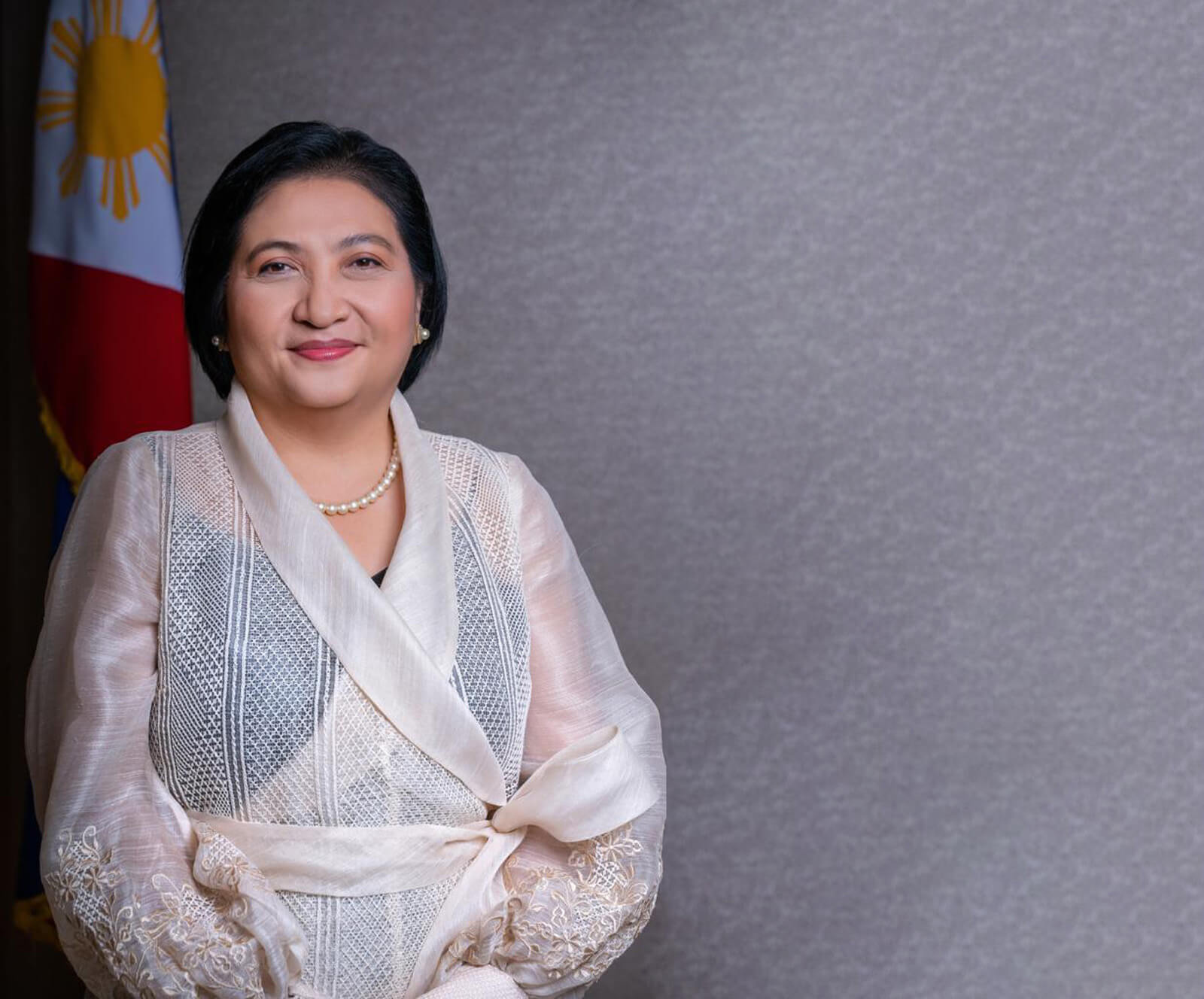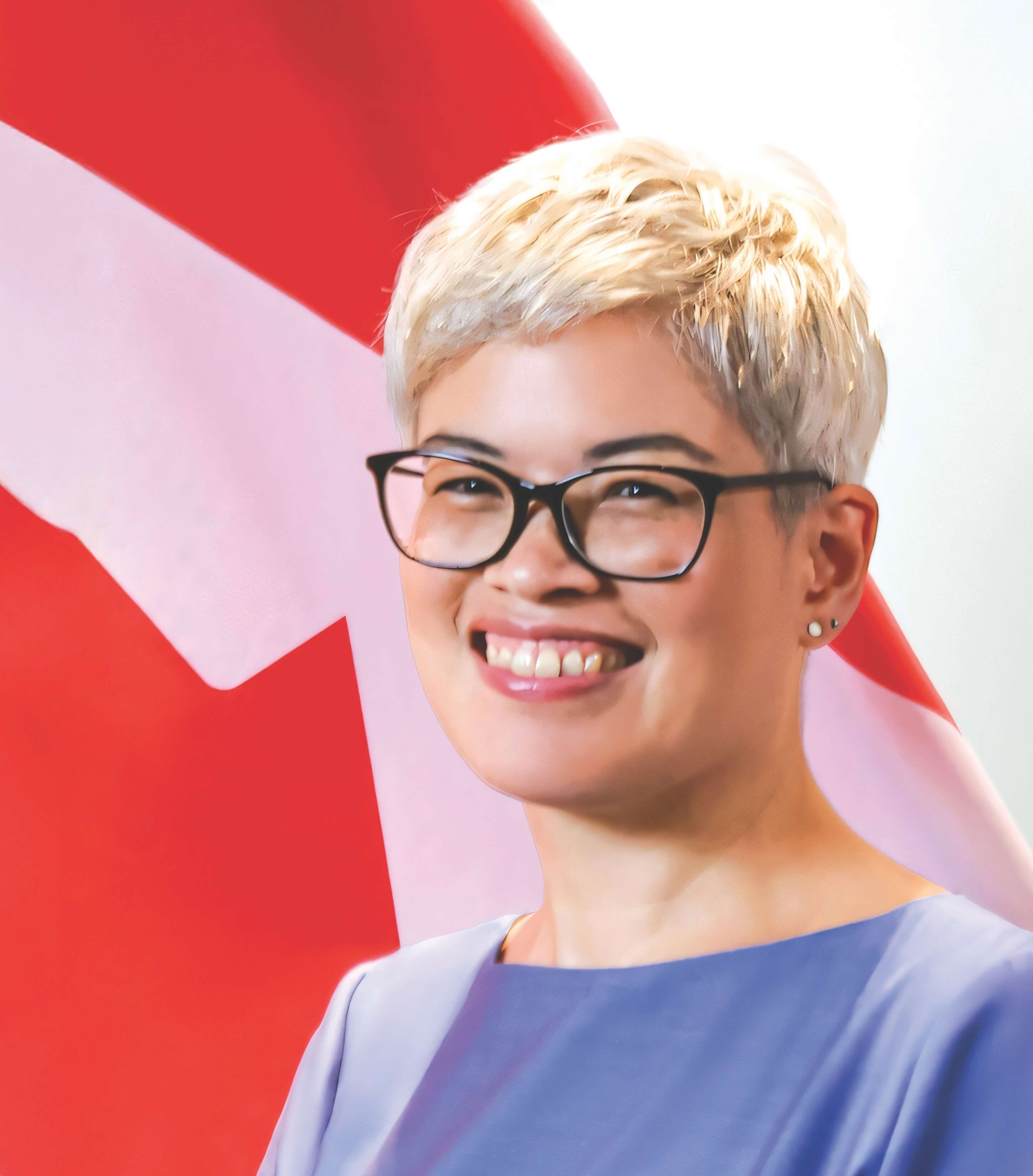


Women in ASEAN in the Era of Digitalisation: Facing Challenges and Seizing Opportunities
The celebration of Women’s Month this year resonated deeply with the priorities and commitments of ASEAN to forge ahead with gender equality and the empowerment of all women and girls. In the Committee of Permanent Representatives (CPR) to ASEAN, we celebrated Women’s Month by citing that parity has been achieved with 50 per cent of current membership now being women.
Representation of women in ASEAN is increasing in many other fields, such as in the fields of science, technology, engineering, and mathematics (STEM). For example, in Southeast Asia, women representation in the technology sector is higher than global figures. Also, there is an increasing number of women researchers commissioned to undertake research in a variety of fields in STEM.
ASEAN is fast becoming a digitalised region. The digital economy is expanding exponentially, with 400 million internet users ushering more trade and investment opportunities, creating jobs, and triggering innovation. By 2030, up to 80 per cent of jobs in ASEAN will require workers with basic digital literacy as well as applied skills in information and communications technology (ASEAN-USAID IGNITE, 2022). The theme “DigitALL: Innovation and Technology for Gender Equality” centres on the power of technology and innovation to bridge gender gaps and empower women and girls in the region.
Looking through the gender lens reveals that if gender gaps are closed, the value of the Southeast Asian e-commerce market between 2025 and 2030 would gain an additional 280 billion US dollars. The returns represent an opportunity to put nearly USD 300 billion into the hands of women entrepreneurs (IFC, n.d.).
Leveraging advances in technology and innovation to promote women’s empowerment also contributes immensely to security and peace in ASEAN. For example, rural women fulfil a significant role in ensuring food security at the household and community levels as well as strengthening agricultural value chains. It is estimated that if rural women had equal access to resources given to their male counterparts, there would be a significant reduction in hunger. The Food and Agriculture Organization reported that the number of hungry people worldwide could be reduced by up to 150 million people if rural women were given equal access to resources as men (ADB, 2022).
But women do continue to face barriers and challenges. Although in ASEAN, more girls perform better in mathematics and science in primary and secondary education, this does not automatically translate into girls pursuing STEM education or choosing STEM-related careers. And a closer look at the STEM disciplines reveals that, on average, there are fewer women graduates who obtained STEM degrees compared with their male counterparts.
After earning their degrees, women in STEM do not automatically pursue careers in STEM-related fields. This has been observed for women holding doctoral degrees who do not continue in their doctoral field of study and in the technology sector. Moreover, women engaged in various STEM fields earn, on average, as little as 68 per cent of men’s earnings (ASEAN-USAID IGNITE, 2022).
Facing these challenges head-on requires strong cooperation and partnership among the ASEAN Member States and their partners. Currently, concrete programmatic steps are being undertaken towards this end.
The implementation of the ASEAN Plan of Action on Science, Technology and Innovation (APASTI) 2016-2025 guides the Committee on Science, Technology, and Innovation (COSTI) in developing policies and mechanisms in science, technology and innovation cooperation. One of the work plan’s goals is to achieve “an innovation-driven economy with a deep science, technology, and innovation (STI) enculturation and a system of seeding and sustaining STI by leveraging ICT and the resources of our talented young, women and private sectors.” Through ASEAN’s partnership in the science, technology and innovation sector, systems and mechanisms are being established that will increase the engagement of women and youth in STI to promote entrepreneurship.
Empowering women with advances in technology and innovation enables them to play a key role in ensuring peace and security in the region. To achieve a transformative role, the ASEAN Regional Plan of Action on Women, Peace and Security was adopted by the ASEAN Leaders during the 40th and 41st ASEAN Summit in November 2022 in Phnom Penh, Cambodia.
Women’s roles in security contribute to the implementation of the ASEAN Outlook on the Indo-Pacific. Such an outlook envisions an Indo-Pacific region of development and prosperity for all. The Outlook aims to help promote “an enabling environment for peace, stability and prosperity in the region in addressing common challenges, upholding the rules-based regional architecture, and promoting closer economic cooperation, and thus strengthen confidence and trust.”
Significantly, the Outlook identified key areas of cooperation that present opportunities for women. These refer to the digital economy, micro, small and medium enterprises, science, technology, research and development, among others.
Looking ahead, there is much enthusiasm in Indonesia’s leadership as Chair of ASEAN. Espousing the theme, “ASEAN Matters: Epicentrum of Growth,” Indonesia is setting the scene to realise ASEAN’s commitment for women to be fully engaged in recovery efforts and participate in and benefit from economic growth, including the digital economy.
References may be downloaded from the following link:








